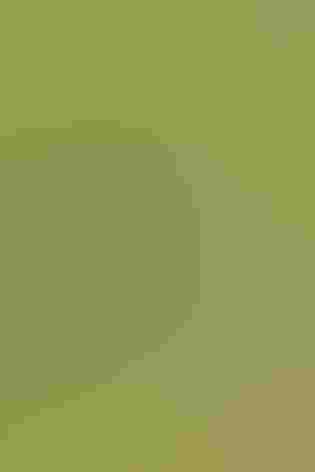Gunnison Sage-Grouse
At a Glance
A rare and localized bird, found in southwestern Colorado and a small part of adjacent Utah. Remarkably, this bird was not recognized as a separate species from the Greater Sage-Grouse until the year 2000. The two species are very similar, but this one is smaller, and males have a more strongly banded pattern on the tail feathers.
All bird guide text and rangemaps adapted from Lives of North American Birds by Kenn Kaufman© 1996, used by permission of Houghton Mifflin Harcourt Publishing Company. All rights reserved.
Category
Upland Ground Birds
Conservation
Endangered
Habitat
Desert and Arid Habitats, Fields, Meadows, and Grasslands, Shrublands, Savannas, and Thickets
Region
Rocky Mountains, Southwest
Behavior
Flushes, Rapid Wingbeats, Running
Population
4.800
Range & Identification
Migration & Range Maps
Mainly a permanent resident, but may perform some limited local movements.
Description
Male 22" (56cm) Female 18 (46cm). Smaller than Greater Sage-Grouse. Male has more obvious pale bars on tail feathers, longer tuft on back of head. Best identified by range (the two sage-grouse species do not overlap).
Size
About the size of a Mallard or Herring Gull
Color
Black, Brown, Gray, White, Yellow
Wing Shape
Fingered, Rounded
Tail Shape
Long, Multi-pointed, Pointed, Wedge-shaped
Songs and Calls
Displaying male gives 9 or 10 hooting gobbles on one low pitch, interspersed with 3 wing noises; very different from display of Greater Sage-Grouse.
Call Pattern
Flat, Undulating
Call Type
Drum, Hoot, Odd, Whistle
Habitat
Sagebrush plains. Found on open plains and high valleys, but only in vicinity of sagebrush. Prime nesting habitat includes some lower wet areas where young can forage for insects.
Sign up for Audubon's newsletter to learn more about birds like the Gunnison Sage-Grouse
Behavior
Eggs
Usually 7-9, sometimes 6-13. Olive-buff, evenly dotted with brown. Incubation is by female only, 25-27 days.
Young
Downy young leave nest shortly after hatching. Young are tended by female, but feed themselves. Able to make short flights at age of 1-2 weeks, but do not reach adult size until much later.
Feeding Behavior
Forages by walking on ground, browsing leaves and other plant parts, or picking up items from ground.
Diet
Mostly sage leaves and buds, also insects. Diet in fall and winter may be almost entirely the leaves and fresh shoots of sagebrush. At other seasons, also eats leaves, flowers, and buds of a wide variety of plants; also some insects in summer (young eat many insects at first). Unlike most grouse, digestive system is not adapted for digesting hard seeds.
Nesting
Traditional display grounds may be used for years. In courtship display, male puffs out white chest, inflates two yellow air sacs, raises and spreads tail, and raises tuft of plumes on back of head; head is thrown back as air sacs are deflated with low popping sound. Females visit display ground to mate with one of the males. Oldest and most experienced males compete for positions at center of display ground, and these males are usually chosen by females. Nest site is on ground, under sagebrush or clump of grass. Nest (built by female) is shallow depression, sparsely lined with plant material.
Climate Vulnerability
Conservation Status
Has disappeared from about 90 percent of its former range, owing to loss and degradation of habitat. Current population is in the low thousands and probably still declining.



